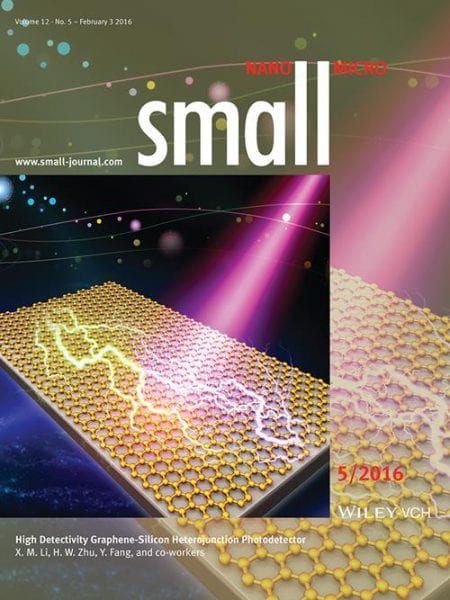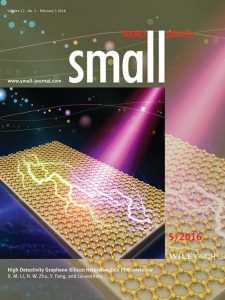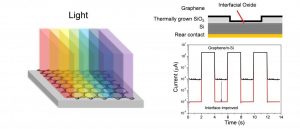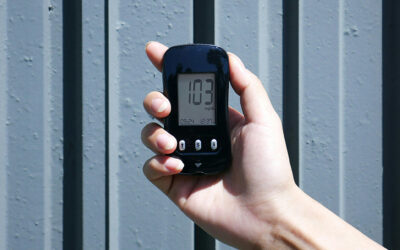Photodetectors, which convert the absorbed photons into measurable electrical signals, are of central importance to many applications, such as optical communications, biomedical imaging, and motion detection. Graphene, due to its unique electronic and optical properties, has attracted significant attention in the development of high-performance optoelectronic devices. Particularly, with the strong rectifying behavior and high photo-responsivity, graphene-silicon heterojunctions could be used for high-performance photodetectors.
Specific detectivity, which describes the smallest detectable signal of the photodetector, is the typical parameter of the photodetector. However, graphene-silicon heterojunction photodetectors still suffer from low specific detectivity due to large dark current. Dr. Xinming Li, Prof. Ying Fang, Prof. Hongwei Zhu and collaborators at National Center for Nanoscience and Technology and Tsinghua University, devise a highly detective photodetector based on graphene-silicon heterojunctions with interface improvement by introducing a thin interfacial oxide layer.
The effect of an interfacial oxide layer on the enhanced performance of graphene-silicon heterojunctions is to reduce the leakage current by two orders of magnitude at zero bias. The improved photodetector exhibits a specific detectivity of up to 5.77 × 1013 Jones at the peak wavelength of 890 nm in vacuum, which is highest reported detectivity for planar graphene-silicon heterojunction photodetectors. They also characterize the current noise spectral density of graphene-silicon photodetectors under ambient and vacuum conditions, which show that the dark current can be further suppressed in a vacuum.
This work demonstrates that graphene-silicon heterojunctions with interface improvement are promising for the development of high-detectivity photodetectors. This concept of graphene-semiconductor heterojunction could also be applied to other 2D materials.
Text kindly provided by the authors.



















